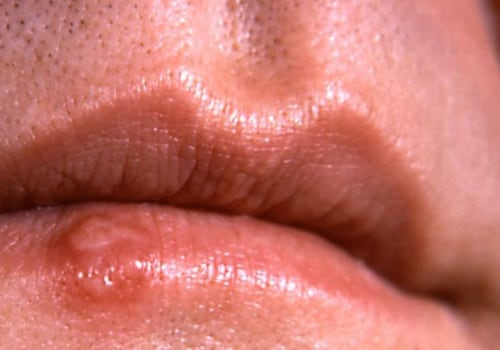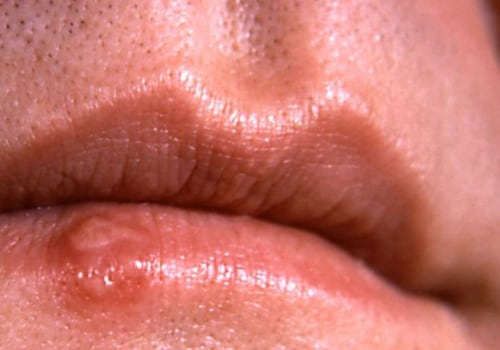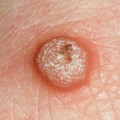You may feel pain and tenderness in your genital area until the infection goes away. During the initial episode, you may experience flu-like signs and symptoms such as headache, muscle aches, fever, and swollen lymph nodes in your groin. Often, there are no symptoms of STDs. Or, a person may find a discharge from the penis or vagina and feel pain when urinating.
Blisters can form, break, cause pain, and take weeks to heal. There is no known cure for herpes simplex virus (HSV), but symptoms can be treated with antiviral medications. Vaccines since the 1990s have helped prevent this infection and there are fewer cases every year. Blood, semen, and body fluids shared during sexual intercourse can spread the virus.
Many people are born with an infected mother's disease. It is important to get care for people with long-term hepatitis B virus (HBV), but people often don't have clear symptoms. When symptoms are present, they may include fever, headache, muscle aches, fatigue, lack of appetite, vomiting, and diarrhea. Because HBV attacks liver cells, it can cause cirrhosis, liver cancer, liver failure, and possibly death.
Dark urine, abdominal pain, and yellowing of the skin or eyes are signs of liver damage. Genital warts are caused by the human papillomavirus (HPV). HPV is the most common viral sexually transmitted infection (STI) in the United States. It is infected through vaginal or anal sex and can be transmitted even when an infected person has no symptoms. Trichomoniasis is an STI caused by a parasite that is spread through sexual contact from the penis or vagina.
It mainly affects young, sexually active women and uncircumcised men have been found to transmit the infection more often. Only about 30% of people with this STI have symptoms. If you or someone you know has signs of an STD such as unusual discharge, burning when you urinate, or a sore in the genital area, see a healthcare provider right away. You can get treatment and help to prevent problems for your baby if you are pregnant and have symptoms of STDs. STDs during pregnancy need to be addressed quickly. Some women have symptoms of STDs within days or weeks of getting the infection while others take longer or may never have symptoms at all.
It's common to show few or no symptoms so a woman living with sexually transmitted diseases may not realize that anything is wrong for a long time. The incubation period for STDs varies depending on the type of infection. If you have herpes, you'll keep having it for the rest of your life. Although sores heal within a few weeks of appearing, the virus is still present even when there are no symptoms. It may reactivate weeks, months, or years in the future and cause another outbreak of sores.
After the initial outbreak, the following outbreaks tend to be more moderate. Many women with HIV don't know that they have it for a long time after being infected because it's common to show no symptoms for weeks, months, or even years. Some people have flu-like symptoms within the first 2 to 4 weeks of infection during the acute phase (the first stage of HIV). Symptoms of HIV often resemble less serious conditions and can be easily ignored or overlooked. In addition, HIV can affect women in unique ways so they may experience changes in their menstrual cycle or have menopausal symptoms sooner than other women. Syphilis is another common STI that can easily be overlooked or ignored because its sores may be confused with ingrown hairs or harmless bumps or they may appear internally or in places that are difficult to see.
In addition, syphilis can be confusing and misleading because it goes through different stages with different symptoms and there may be times when you don't have any symptoms. According to the Centers for Disease Control and Prevention (CDC), the onset of the first symptoms of syphilis can range from 10 to 90 days after infection. Some viral infections including hepatitis can be cured with antiviral drugs while others can only be controlled to reduce symptoms and the risk of transmitting the infection to others such as HIV and genital herpes. The time it takes for any symptoms of a particular STI (or STI) to appear after you have been exposed if any will vary depending on the specific cause which is known as the incubation period. Symptoms may appear in as little as two days as in some cases of genital herpes while it can take up to 90 days before symptoms appear which can occur with genital warts (HPV) or syphilis. Women often confuse symptoms of STDs such as discharge smell burning and itching with something else such as a urinary tract infection or a fungal infection. Most people with HSV never know they have it because they have no signs or symptoms or because the signs and symptoms are so mild that they go unnoticed.







